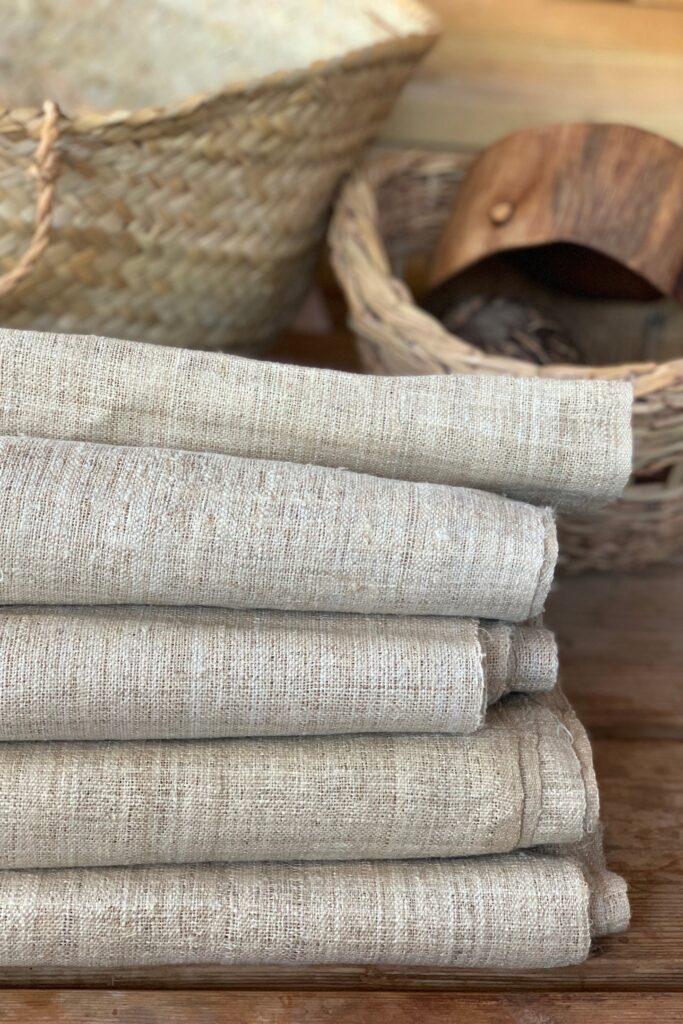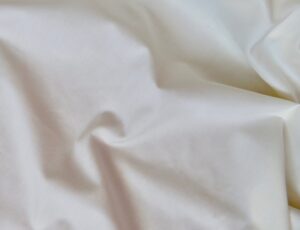Is It OK to Combine Hemp and Wool Together?
Introduction
Fabric compatibility is crucial in fashion and sewing, ensuring the final product is both functional and aesthetically pleasing. Hemp and wool are two natural fibers that can be combined effectively, offering unique benefits. In this article, you’ll learn about their compatibility, benefits, challenges, and how to work with them.
Compatibility Analysis
Yes, it is okay to combine hemp and wool. These fabrics complement each other well due to their natural origins and shared properties. Both are breathable and durable, but they differ in texture and care needs. Hemp’s sturdiness pairs well with wool’s softness, creating a balanced textile blend. Considerations include texture, weight, stretch, care requirements, and durability.
Fabric Properties Comparison Table
| Property | Hemp | Wool |
|---|---|---|
| Fiber Content | Natural | Natural |
| Weight and Thickness | Medium to heavy | Light to medium |
| Breathability | High | Moderate |
| Moisture-Wicking | Good | Excellent |
| Stretch and Elasticity | Low | Moderate |
| Wrinkle Resistance | Moderate | High |
| Care Instructions | Cold wash, air dry | Gentle wash, air dry |
| Durability | High | Moderate to high |
Benefits of Mixing These Fabrics
Combining hemp and wool enhances texture and visual interest, offering a unique tactile experience. This blend improves comfort and performance, providing warmth from wool and breathability from hemp. The combination allows for better drape and movement, making garments more flattering. It’s also cost-effective and versatile, suitable for various seasons. Design possibilities expand with this pairing, enabling creative fashion and home decor projects.
Potential Challenges
Mixing hemp and wool presents challenges such as different shrinkage rates and conflicting care requirements. Texture clashes or pilling may occur, and seam puckering can be an issue. Color bleeding or fading is possible, especially with dyed fabrics. Solutions include pre-washing fabrics, using appropriate interfacing, and selecting complementary colors to mitigate these issues.
Sewing & Styling Tips
When sewing hemp and wool together, use a medium-sized needle and polyester thread for strength. Consider interfacing to stabilize seams, and use French or flat-felled seams for a clean finish. Choose patterns that accommodate both fabrics’ drape and weight. For styling, layer garments to showcase texture contrasts or use in home decor for rustic elegance.
Care & Maintenance Guide
Wash hemp and wool blends in cold water with a gentle detergent, and air dry to prevent shrinkage. Iron on a low setting with a pressing cloth to avoid damage. For stains, treat each fabric type individually, using appropriate methods. Long-term care involves storing garments in a cool, dry place to maintain their quality.
FAQ Section
-
Can you wash hemp and wool together?
- Yes, but use cold water and a gentle cycle to avoid damage.
-
Will hemp shrink more than wool?
- Hemp is less prone to shrinkage than wool, but pre-washing both is recommended.
-
What needle size should I use for sewing these fabrics together?
- A size 80/12 needle is suitable for medium-weight fabrics like hemp and wool.
-
Can you mix hemp and wool in one garment?
- Absolutely, they create a durable and comfortable blend.
-
How do you prevent pilling when combining these fabrics?
- Use a fabric shaver and wash garments inside out to minimize friction.
-
Is it okay to mix hemp and wool for upholstery?
- Yes, their durability makes them excellent for upholstery projects.
-
What’s the best way to finish seams with these fabrics?
- Use French seams or serging for a neat, professional finish.
By understanding the properties and potential challenges of mixing hemp and wool, you can create beautiful, functional garments and home decor items. This fabric pairing offers a blend of durability, comfort, and style, making it a versatile choice for various applications.


Leave a Reply